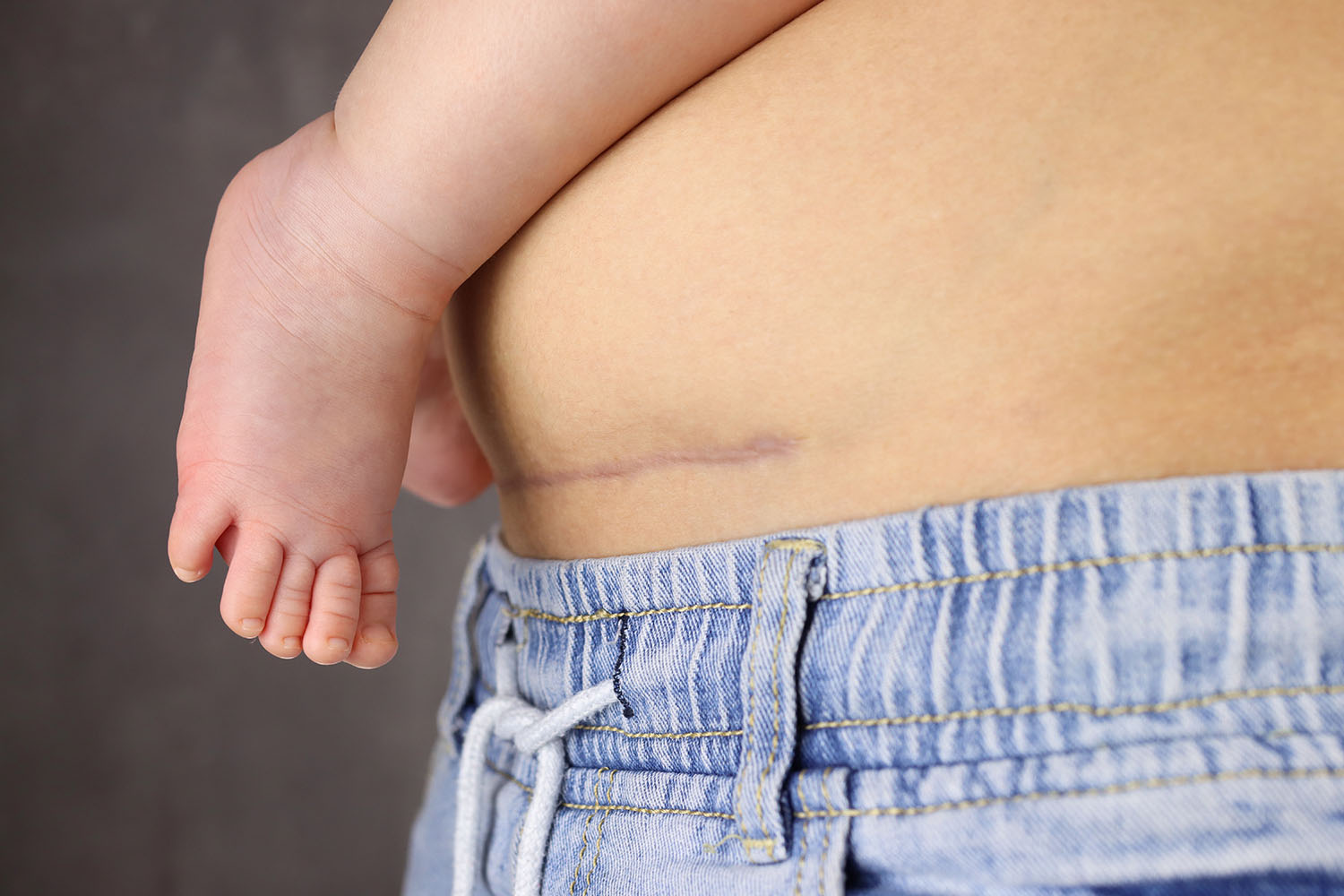Overview
Childbirth is a significant event, and one of the ways it can occur is through a cesarean section, commonly known as a C-section. For many expectant parents, understanding the process of a C-section is crucial, and one effective way to do so is by watching a C Section Delivery Video. This blog aims to provide a detailed overview of what a C-section entails, supported by international research, and the benefits of watching a C Section Delivery Video.
What is a C-Section?
A cesarean section is a surgical procedure used to deliver a baby through incisions made in the mother’s abdomen and uterus. While many births occur vaginally, a C-section may be necessary for various medical reasons, including:
- Complications during labor: Prolonged labor or fetal distress.
- Health conditions: Maternal health issues like high blood pressure or heart disease.
- Multiple births: Twins or triplets.
- Placenta problems: Placenta previa or placental abruption.
- Breech position: When the baby is positioned feet-first or buttocks-first.
The Procedure
The C-section procedure involves several key steps:
- Preparation: The mother is prepped with anesthesia, typically an epidural or spinal block.
- Incision: A horizontal incision is made in the lower abdomen.
- Delivery: The baby is delivered through the incision, followed by the placenta.
- Closure: The incisions in the uterus and abdomen are closed with stitches.
Benefits of Watching a C Section Delivery Video
- Educational Insight:
- A C Section Delivery Video provides a visual understanding of the procedure, which can be more informative than reading about it. Viewers can see each step of the process, from the incision to the delivery of the baby.
- Reducing Anxiety:
- Watching a C Section Delivery Video can help expectant parents alleviate fears and anxieties by demystifying the surgical process. Knowing what to expect can make the experience less daunting.
- Informed Decision-Making:
- Videos can aid in informed decision-making by presenting clear, real-life scenarios of what happens during a C-section. This can be particularly helpful for those weighing the options between a vaginal delivery and a cesarean section.
- Support for Medical Professionals:
- C Section Delivery Videos can serve as educational tools for medical students and professionals, providing real-life examples of best practices and surgical techniques.
International Research on C-Section Deliveries
International research highlights various aspects of C-section deliveries, including their frequency, reasons, and outcomes:
- Global Trends: According to the World Health Organization (WHO), the rate of C-section deliveries has been rising worldwide. In some countries, nearly one in three births is via C-section.
- Maternal and Neonatal Outcomes: Studies have shown that while C-sections can be lifesaving, they also carry risks. Research indicates that C-sections are associated with higher rates of maternal complications compared to vaginal deliveries, such as infections and increased recovery time.
- Long-term Effects: Research has also explored the long-term effects of C-sections on both mothers and babies. Some studies suggest potential links between C-sections and higher risks of certain health issues in children, such as asthma and obesity.
A C Section Delivery Video can be an invaluable resource for anyone looking to understand the intricacies of a cesarean section. By providing a visual and detailed explanation of the procedure, these videos help reduce anxiety, support informed decision-making, and serve as educational tools for both parents and medical professionals. As international research continues to shed light on the implications and outcomes of C-section deliveries, it is essential for expectant parents to stay informed and prepared for all possible scenarios in childbirth.
In summary, whether you are an expectant parent, a medical student, or simply someone interested in childbirth, watching a C Section Delivery Video can provide you with comprehensive insights into this common yet significant surgical procedure.



